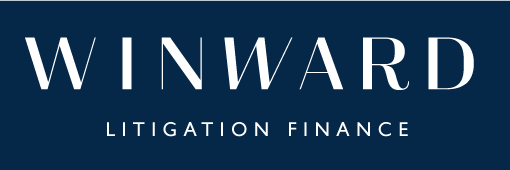When is a funder “in control”?
A challenging situation is being played out in the US at the moment between funder and claimant. Entities affiliated with Burford Capital agreed to fund the antitrust claims of Sysco Corporation. The suggestion is that so far it has invested $140 million in the portfolio - which in itself is headline material. On 14 December 2022, these affiliates were successful in submitting to an LCIA tribunal that an injunction should be put in place prohibiting Sysco from settling litigation that was the subject of the funding agreement. At first blush, preventing the client from controlling its own litigation appears to be putting the funder very deep in “champerty” waters. The sensitivity of the matter, and the fact that the underlying arbitration was confidential, has meant that much of the relevant material is sealed and/or redacted. However, from the recent application to vacate the injunction, a number of issues became clear. In common with many funding agreements, it was made clear in the original funding agreement that the claimant remained in charge of the litigation - it “shall have day-to-day and overall control over the conduct of, and responsibility for, the Claims” and “neither the [Burford affiliates] nor their respective Affiliates shall exercise or seek to exercise, any such control over the Claims.” Where things appeared to have got a little out of control is in the decision of Sysco to begin to assign shares of claims to other parties (that corresponded to the purchases that were resold to the third parties). Such behaviour will normally create a breach of the funding agreement, because for obvious reasons funders are keen to ensure that the proceeds of the claims do not get dissipated or have other security interests created in relation to them. This is particularly the case where a funder’s return is based on a percentage of the proceeds.
It appears that there was a renegotiation of the funding agreement as a result of this behaviour, with Burford entitled to a greater share of the proceeds - the exact amount is redacted but is described as being “nearly the entire economic benefit” - albeit that the amount was to be shared with Sysco’s lawyers, Boies Schiller. Importantly for present purposes, Burford also gained greater rights in relation to the scrutiny of any settlement and was given a right to consent to any settlement, subject to a number of exceptions. Again, this is not an unusual concept - a funder is clearly very interested in ensuring that the settlement is fair and reasonable and although it is the case that there should be an alignment of interest between funder and claimant, there is the ever present risk of conflict, particularly if the costs of the litigation are rising and the quantum of the case may be falling. The right also offered Burford a potential path to sue Sysco for monetary damages if Sysco settled any claims without Burford’s consent.
Sysco’s position is that it has negotiated favourable settlements, and its lawyers were supportive of those settlements. It was therefore surprised when Burford refused consent to the settlements. Sysco then refer, in heavily redacted fashion, to a subsequent call that Burford had directly with Boies Schiller. The precise content is not disclosed, but it became evident that Boies Schiller took the view that the settlements were too low. Of course this came as a big surprise to Sysco. Irrespective of the fact that Burford refused consent, Sysco continued to draft settlement documentation. Burford sought an injunction from an LCIA tribunal which was granted in December. Much debate ensues as to what was precisely said to be the evidence underlying the injunction application - oscillating between the settlement being too low to Burford‘s knowledge because of a concurrent case or because Boies Schiller had advised against it.
The case will run on for some time, but a few things are immediately obvious - first, there is a complete breakdown of the funder/claimant relationship and the lawyer/claimant relationship. Secondly, there is an interference - contractually justified or not as time will tell when the Court rules - with the claimant’s right to litigate. Thirdly, the spat is now being played out in the public arena. Fourthly there must be the risk that the settlements collapse and the claim needs to be litigated. Fifthly, there was a stark warning of the potential dangers of having direct contact between funder and lawyer. A funder can often be placed into a position which appears “lose, lose” - although it has the contractual right to proceed in the way that it does, a collateral consequence will be the breakdown of a relationship or the mitigation of a financial liability. These are difficult decisions that need to be considered carefully. As far as is possible, the funding agreement needs to provide a solution such that both parties are not placed into a position where they have to become opposing parties to an arbitration. Funders and lawyers need to be acutely conscious of the conflicts that potentially surround the different professional relationships.
